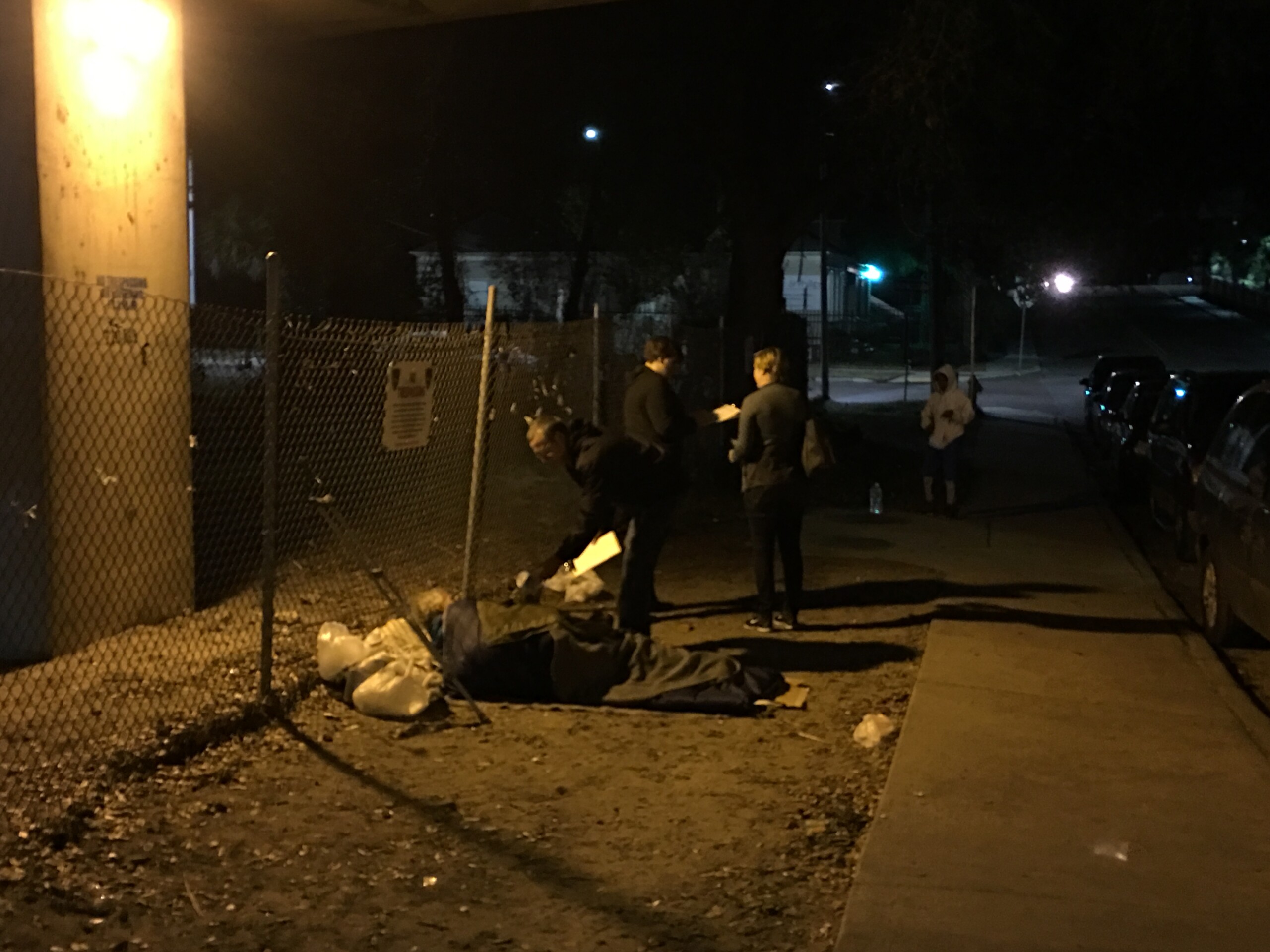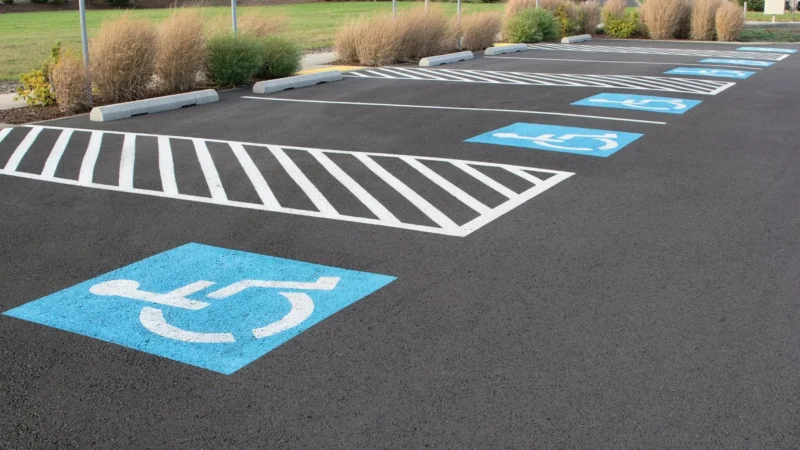Homelessness has decreased slightly in the Jacksonville area and most significantly among unsheltered people, according to an annual assessment.
The Point-in-Time census from the Changing Homelessness nonprofit organization found a 49% decrease in unsheltered people sleeping in cars and on the streets compared with 2024.
CEO Dawn Gilman emphasizes that the group did not see the same decrease in the other ways it measures homelessness — for example, weekly data of those they know who are seeking safe, stable housing. (Changing Homelessness calls those people its “by-name” list.)
Sixty volunteers canvassed Clay, Duval and Nassau counties on Jan. 30 and counted 300 fewer unsheltered people compared with last year. The overall count, of sheltered and unsheltered, was down by 8% percent from the year before.
Gilman points out that warmer weather on the night of the count was one of the “anomalies” of this year’s count.
Gilman said a lower unsheltered count may be due to enforcement Downtown of a new state law that prohibits sleeping or camping on public property.
The unhoused are more hidden from view now, Gilman said, and more people are seen moving outside of the Downtown core area, but not too far out.
“People are going deeper into the woods,” Gilman said of the unsheltered. “There are more people that we are watching going into abandoned buildings, which is something we do not send volunteers into to try to interact that way.”
Changing Homelessness reports on various subpopulations in the report:
- The Chronic Homeless — those with a documented disability that have been continuously unhoused for one year or more, or four or more times within thee years.
- Veterans — those with a verified Veterans Administration status.
- Families with children — adults with one or more children.
- People 55 years and older.
- Youth/Young Adults — unaccompanied homeless people 18 to 24 years old.
From the 2025 count of 1,009 people, the sheltered (719) and unsheltered (290) breakdown included:
- 60 fewer sheltered people than last year. If someone is sheltered, they are living in an emergency shelter or transitional housing temporarily. More than 75% of the people experiencing homelessness during the count had some type of shelter.
- 276 fewer unsheltered than last year. If someone is unsheltered, they are staying in a place not meant for human habitation, such as parks, sidewalks, cars or abandoned buildings.
Gilman noticed a greater spread between what the Point-in-Time count found and what the “by-name” list shows.
For example, when it comes to veterans, volunteers found 70 during the Point-in-Time count; however, in that same time period, Changing Homelessness was working with over 200 veterans who were experiencing homelessness.

Changing Homelessness collects information year-round. The organization dispatches outreach teams Monday through Friday to collect data.
The teams use an app to gather information about a person’s nickname or first name. The apps use GPS and can drop a pin where a homeless person is found, and those pin points reflect a wider disbursement of where people are located through the three counties — Clay, Duval and Nassau.
The report has a 10-year comparison. “What we’re feeling is this seems to be going back to where we were pre-COVID,” Gilman said. “The total persons counted in 2010 was 3,241 and in 2020 (right before COVID) it was 1,542. So that was a 52% total person drop.”
The Point-in-Time counts are government-mandated and have been taken for 30 years. Gilman says they’ll be watching the trends for the coming years.
Changing Homelessness outreach teams are separate from the city’s seven-man PATH team — Providing Assistance to the Homeless. That team is from the Jacksonville Fire and Rescue department, which works mostly downtown and shares its information with Changing Homelessness.
Changing Homelessness asks the public that if they have a report of a person or encampment, give a description and location to: outreach@changinghomelessness.org.
Outreach teams usually respond in one business day.
More details and a breakdown on those counted during the annual survey can be found in the complete 2025 Point-in-Time Report.







